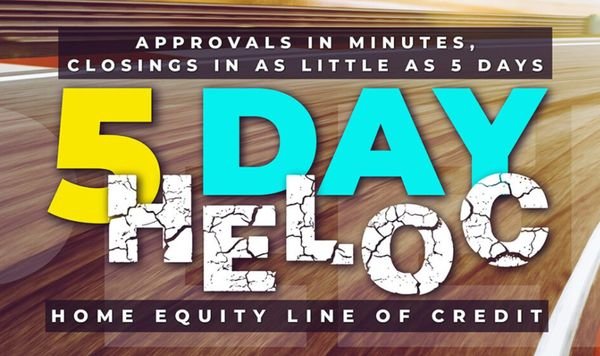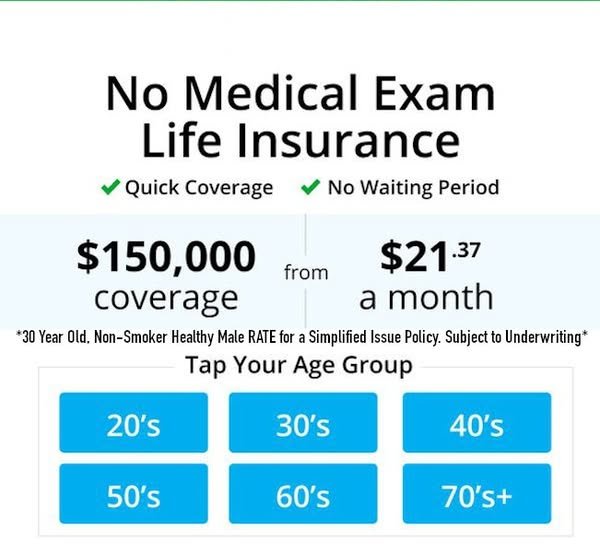9 Guide to the Mortgage Loan Process in California
It’s a thrilling process, most of the time complex. However, one crucial step is a mortgage loan. A mortgage loan will let you pay for the house.
Buying a house in California can be a complicated and complex procedure, even for first-time buyers and real estate veterans.
You May Read – Essential Tips and Tricks for Personal Loan
🏡 California 🏡 Are you a homeowner looking to turn your home’s equity into flexible spending power? What if I told you that accessing this financial resource could be as simple and quick as ordering your favorite coffee?

Click Get Quote below to see what rates are available ✅
Introducing our revolutionary Home Equity Line of Credit (HELOC) application process. It’s designed with you in mind – fast, straightforward, and hassle-free.
A Simple Guide to the Mortgage Loan Process in California
This article guides the reader through the essential steps of the mortgage loan process in California in a simple and easy-to-understand manner.
1. Obtain Your Financial Preparedness Level
Before submitting a mortgage application, you must prepare your financial qualifications. Some criteria that lenders will use to decide if you qualify for a loan are as follows:
- Credit Score: Your credit score plays a significant role. A minimum score of 620 or higher is generally needed for most conforming loans; however, FHA loans sometimes accept lower scores.
- Debt-to-Income Ratio (DTI): This is the relationship of monthly debt payments to income. Most lenders want to see a less than 43% DTI, though lower is always better.
- Down Payment: In California, most conventional loans require a down payment of 20% on the home’s purchase price. Some FHA loans allow 3.5% as a down payment.
With all these factors in mind, you will be better equipped to know how much house you can buy and also prepare you for the loan process.
2. Apply to Get Pre-approved for a Mortgage
A pre-approval is a major step in the mortgage process. Through this step, the lender checks your past financial history, income, and debt and concludes how much you can borrow as well as what interest rate you qualify for.
A pre-approval letter strengthens your offer while shopping for a home since the sellers will consider this as an indication of serious intent.
To be pre-approved, you will need to provide the following information to the lender:
- Income evidence: usually some form of pay stubs, tax returns, or W-2 forms
- Evidence of assets: bank statements and retirement accounts
- Evidence of identity: ID and Social Security number
- Existing debt: such as credit card balances and auto loans
Pre-approval is not a surety, but it is a good place to start your homebuying quest
3. Buy the Right Mortgage
Although there are various types of mortgage loans available in California, each has different terms, benefits, and requirements. Some of the most common loan types found include the following.
- Conventional Loans: Most commonly taken. A good credit score and normally a down payment of 20% are expected from this kind of borrower.
- FHA Loans: It’s one of the preferred choices for first-time homebuyers because this particular loan will have lower down payments as low as 3.5% and takes less than perfect credit.
- VA Loans: These are for veterans and active-duty military personnel, and require no down payment and no PMI.
- Jumbo Loans: Because of the price of homes in California, jumbo loans tend to be much in demand. These are the sums that exceed the conformity loan level. It usually happens at $726,200 but can be even higher in high-cost counties like Los Angeles and San Francisco.
Compare loan offers between different lenders concerning the rates and terms, too.
4. Choose a Lender and Apply for the Loan
Having agreed on which type of loan to take, you will then move on to apply formally with the lender of your choice.
The lender will then check up on your financial information: checking all your income, assets, credit score, debts, and possibly other document proofs. More possible proofs may include but are not limited to:
- Employment verification
- Latest bank statements
- Verification of down payment funds
Act promptly on these requests, and the approval procedure for the loan will be accelerated.
5. Appraisals and inspections of homes
After submitting the mortgage application, the lender orders an appraisal on the home. It is a professional estimation of the worth of the property to ensure that the property has a market value for the amount borrowed.
If the appraisal comes out cheaper than the selling price, negotiation with the seller might be necessary or any amount taken as a loan.
Then, you’ll want to order an inspection of the home. This will reveal to you what condition the house is in and open up issues you could experience or encounter such as structural damage, roofing issues, or an inadequate electrical system.
The appraisal is what your lender demands you undertake; the inspection is just a heads-up for you as a buyer.
6. Loan Underwriting
This is the process when the lender does their due diligence on your situation as well as the property being financed.
The underwriter will go through your loan application, verify your financial information, and appraise your home’s appraisal and title. This is deciding whether the lender will approve or reject the mortgage.
When applying for a mortgage underwriting, a lender may ask for more information or clarification to include:
- Any large deposits in your accounts
- Explanation of credit problems
- Confirmation of employment if recently changed
Provide any requested information as soon as possible to avoid delaying the process.
7. Receive the Loan Approval
Once all this underwriting is done and your application has been approved by the lender, you receive a formal “clear to close” which means all conditions have been met, and you can now enter the final stage of the process: closing.
8. Closing the Loan
Closing is the last step, where you sign all the necessary documents to finalize your mortgage.
It also goes by the name settlement or final transfer. A few days before closing, you will receive a Closing Disclosure that summarizes all the costs of your loan including those discussed below.
*Closing costs. These are normally in the range of 2-5% of the loan.
*Loan terms. The interest rate you have on your loan and how much your monthly payment will be.
*Property taxes and homeowners insurance.
On closing day you, in turn, sign all your mortgage documents, pay closing costs, and down payment. Once all these are done you have your home!
9. Move Into Your New Home
After closing, you should get to your new home. That indeed forms the final step, which is receiving the keys to your new home. It’s a huge milestone and now is the time to begin settling into the house and getting it all set up.
Final Tips for California Mortgage Loan Process
- Work with a local expert: Due to the uniqueness of housing markets and lending practices, having a local mortgage broker or real estate agent provide knowledge for you is priceless in California.
- Expect a Higher Cost of Homes: Property prices in California are generally higher than in other states. The cost is even higher for major cities like Los Angeles, San Francisco, and San Diego. In addition to your mortgage payments, you would incur costs over your property as property tax and homeowners’ insurance.
- Understand the Interest Rate: The interest rates keep changing. One must lock in a low rate as often as possible. This will help save dollars over time.
The following guide will help the homeowner prepare to navigate through the California mortgage loan process.
What to buy a house but don’t know where to start?
Have questions about the down payment, insurance, grants, or different loans?
Don’t worry.
We got this. Come join us for a Free fun questions and answers training where you will learn how to qualify for a mortgage, what are debt ratios, what lenders look at besides credit scores on my credit, how to make an offer on a house, understand a contract to buy, why do you need homeowners insurance and much more.
Seats are limited so please sign up soon. Did I tell you lunch is provided also? Please register in the ticket section.
Hope it Helpful
Thanks 🙂



